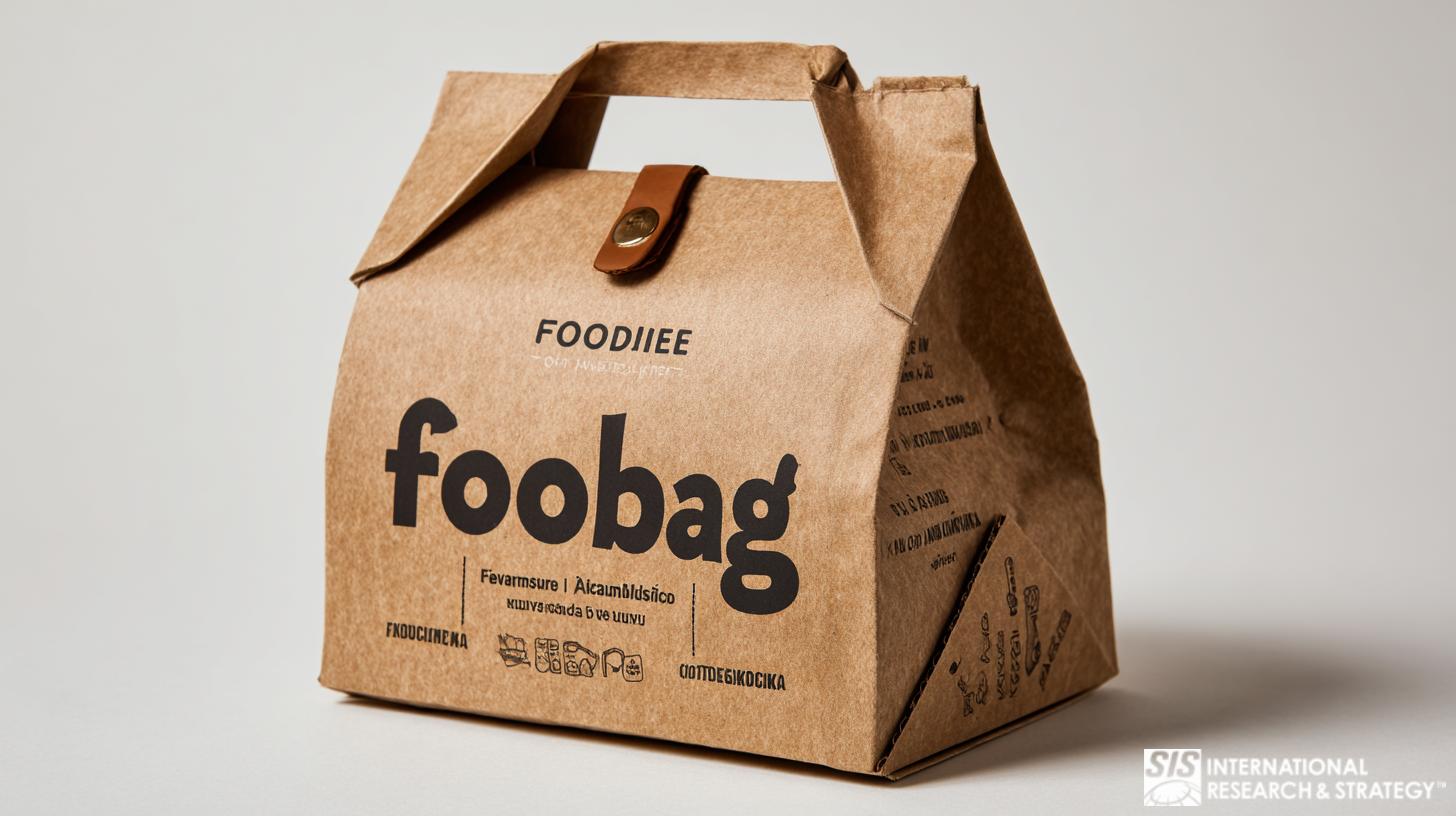
El embalaje es a menudo el aspecto más importante y pasado por alto del marketing.
In the last 10 seconds before making a purchasing decision, consumers view packaging as a major motivator to buy. While many marketers aim to be on the consumer’s shopping list, it’s also the packaging and the last 10 seconds before purchasing that can be most crucial.
Embalaje La investigación de mercado sobre embalajes excelentes refleja varias prácticas recomendadas.
1. Un buen embalaje refleja las condiciones en las que se venderá.
Look at fast food restaurants and beverage companies that are creating packaging that reflects the customers’ purchasing and usage of the product. For example, V8 is designing its packaging to fit into vending machines. On this note, effective packaging must effectively reflect the product’s benefits. For example, McDonalds is emphasizing food quality now with boxes emphasizing how high-quality the food is.
2. Unique shapes, structures, and delivery systems help differentiate products from competitors.
With so many products on the shelf, it’s important to stand out to consumers. Research has found that good packaging contributes to convenience, which improves customer satisfaction. It also breaks notions of how much customers are willing to pay. An example is “Simple Orange” juice being presented in a carafe style bottle. This presents their product as more “high-end,” allowing them to charge a premium price. Another example is Imperial Sugar Company’s “Redi-Measure” brown sugar cup-packets, intended to make measuring easier and to prevent their customers from using too much or too little of their ingredients in the baking process.
3. El packaging debe incluir la personalidad de la marca con branding y personajes.
Un ejemplo de esto es Toucan Sam, que indica inmediatamente los beneficios del producto, como sabor a fruta y momentos divertidos. Esta heurística de marca ayuda a invocar el componente emocional de la compra y subordina las consideraciones de precio más racionales de la compra.
Customers need simplicity in messaging due to many conflicting messages, competing products like private labels, and complicated products. Good packaging often reflects simple brand values and product claims. One way to do this is to remove much of the clutter and only print what is essential. Doing so should make the packaging easy to read and not confusing to potential customers. Research indicates that customers are increasingly noticing more scientific claims written on packaging and becoming confused and overwhelmed by them. Additionally, companies can return to past successful taglines to help the customer strengthen their buying heuristics.
4. El embalaje debe resaltar afirmaciones convincentes y creíbles sobre las diferencias entre productos.
One example of this cereal brands emphasizing their use of organic ingredients and lack of preservatives, unlike their competitors. This can help justify a premium price and draw positive attention to products.
5. Las comparaciones directas con un producto de la competencia pueden resultar efectivas.
Por ejemplo, un cereal puede decir que tiene 50% más de leche que otro producto. El precio no debería ser la única característica diferenciadora y los precios superiores deben estar justificados.
6. El embalaje no se lee de arriba a abajo, sino en las esquinas izquierda y derecha del mismo.
Las afirmaciones tranquilizadoras deben colocarse en estos rincones, mientras que las afirmaciones primarias deben estar en el centro del paquete. En este sentido, cuantas menos palabras, mejor, ya que los consumidores tienden a mirar imágenes y elementos visuales más que evaluar afirmaciones escritas.
7. Effective packaging can target “Rejuveniles” who are middle aged people young at heart, and somewhat nostalgic.
Este empaque es más infantil, similar a los juguetes y tiene gráficos brillantes.
Acerca de la investigación de mercado de SIS
SIS International Research is a global Market Research and Strategy Consulting firm. We provide insights, data, and strategies to boost our clients’ revenues and uncover new opportunities. Key Packaging Market Research solutions include:
- Pruebas de embalaje
- Etnografía
- Información sobre el viaje del comprador
- Mapeo del recorrido del cliente
- Pruebas de usabilidad (UX)



